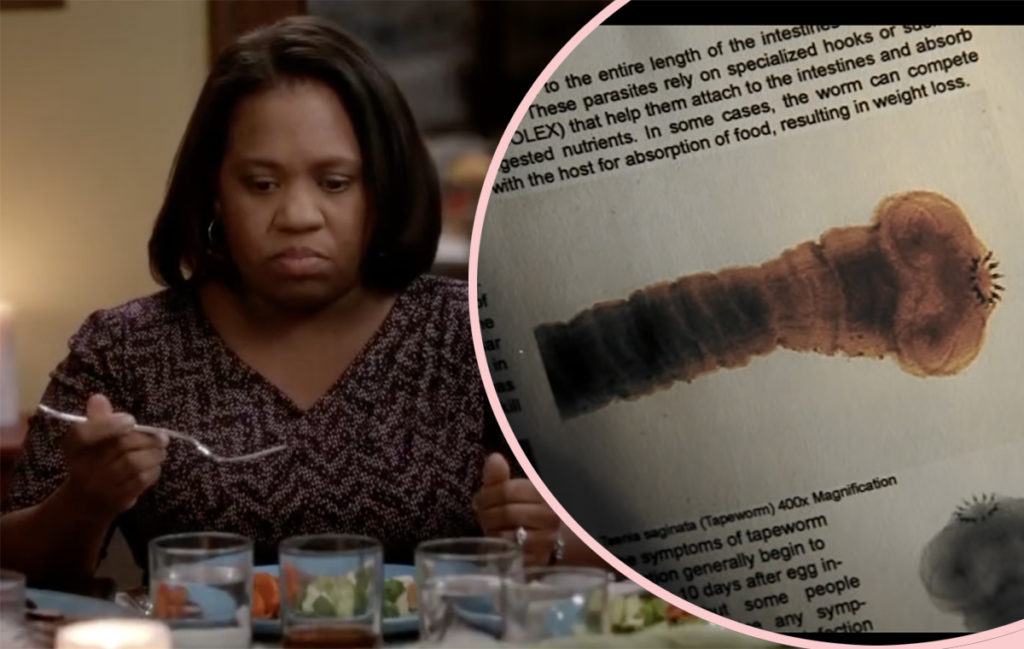
Ever take a good look at your hands?
Apparently, it’s not a bad idea to give them a thorough inspection every once in a while because that’s what the pros used to do! According to endocrinologist Kenneth Blanchard:
“It used to be common for doctors to look at the hands for important clues to overall health. We need to get back to that, because hands can tell you a great deal about circulation, hormones, and thyroid function.”
Check 7 things your hands can tell you about your health below!
Blotchy red palms persisting past physical exertion may be due to a condition called palmar erythema. It is a sign of liver disease, particularly of cirrhosis and nonalcoholic fatty liver. As a result of liver inflammation, excess of circulating hormones cause the blood vessels in the hands and feet to dilate, making them visible through the skin.
Finger length is believed to be affected by exposure to varying amounts of the hormones testosterone and estrogen in the womb and can actually show risk for breast and prostate cancer. In women, a longer index finger than ring finger is associated with a higher risk of breast cancer. In men, a 2010 study found that a longer index finger than ring finger meant they were 33 percent less likely to develop prostate cancer.
Swollen fingers may occur for a list of reasons, but if the swelling lasts for days it could be a sign of hypothyroidism. The thyroid disorder produces less of the important hormones that regulate your metabolism and keep your body functioning properly, resulting in weight gain and water accumulation.
Pale nails may suggest anemia because they’re aren’t enough red blood cells circulating in the bloodstream. Push down on the nail and it should turn white for a moment after releasing. If the white lasts for over a minute, you’re body may be suffering from a serious iron deficiency, which an lead to fatigue or even heart problems.
Tiny red stripes under the nails are called splinter hemorrhages because they look like tiny red or brownish splinters under the nails and occur when tiny blood clots block blood flow in the capillaries beneath the nails. The hemorrhages occur with an infection of the heart valves called subacute bacterial endocarditis. If these are accompanied by a low-grade fever, call your doctor to get a check up!
Thick, rounded fingertips can be a sign of heart or lung disease because if the circulatory systems of the heart or lungs are impaired, oxygen levels in the blood are likely to drop. As a result, the soft tissues of the fingertip pads to grow, so fingertips appear to bulge outward.
Blue fingertips that feel numb can be a sign of a circulatory disorder known as Raynaud’s disease or Raynaud’s syndrome. The syndrome, which affects up to 10% of people, causes sudden temporary spasms in the blood vessels and arteries brought on by sudden changes of temperature. The best way to prevent the disorder is to make lifestyle choices which promote a healthy circulation.
[Image via WENN.]
Related Posts
CLICK HERE TO COMMENT-
Categories



































